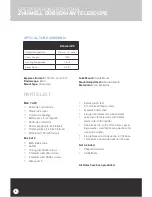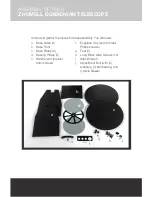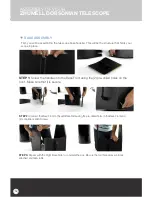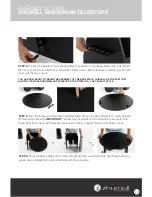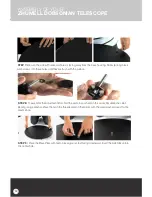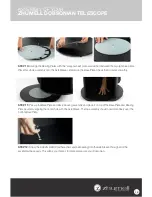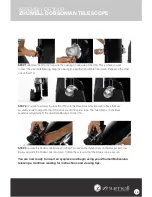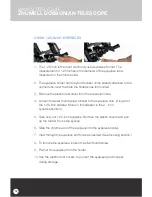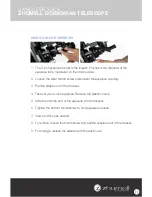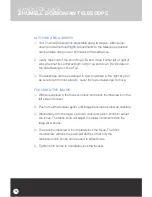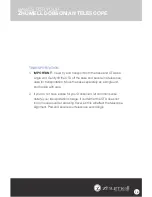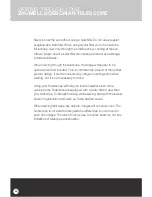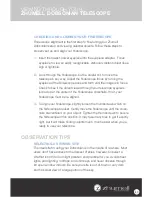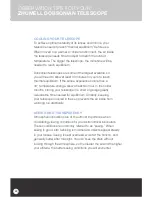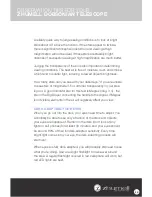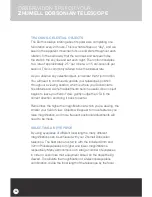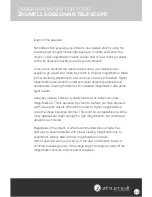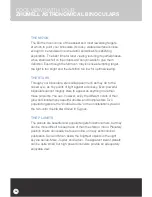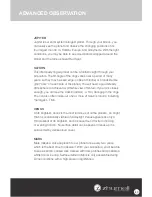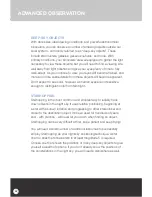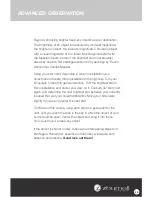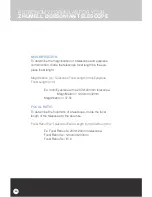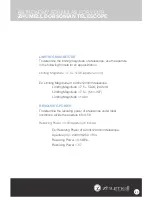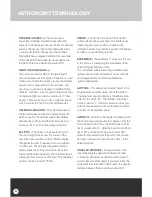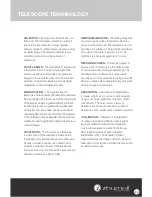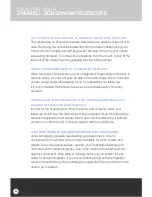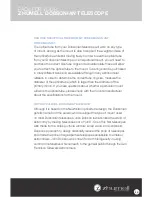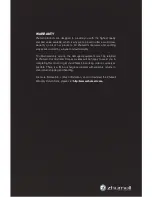
22
COOLING YOUR TELESCOPE
To achieve optimum stability of its lenses and mirrors, your
telescope needs to reach “thermal equilibrium” before use.
When moved to a warmer or colder environment, the air inside
the telescope needs time to adjust to match the outdoor
temperature. The bigger the telescope, the more time will be
needed to reach equilibrium.
Dobsonian telescopes are some of the largest available, so
you will need to allow at least 30 minutes for yours to reach
thermal equilibrium. If the scope experiences more than a
40° temperature change, allow at least an hour. In the colder
months, storing your telescope in a shed or garage greatly
reduces the time needed for equilibrium. Similarly, keeping
your telescope covered in the sun prevents the air inside from
warming too drastically.
SEEING AND TRANSPARENCY
Atmospheric conditions are of the utmost importance when
considering viewing conditions for your astronomical binoculars.
These conditions are commonly referred to as “seeing.” When
seeing is good, star twinkling is minimal and objects appear steady
in your lenses. Seeing is best overhead, worst at the horizon, and
generally better after midnight. You can’t see the stars without
looking through the atmosphere, so the clearer the air and the higher
your altitude, the better seeing conditions you will encounter.
OBSERVATION TIPS FOR YOUR
ZHUMELL DOBSONIAN TELESCOPE

